Roughly two years ago, on 4 October 2019, the research icebreaker Polarstern, operated by the Alfred Wegener Institute, Helmholtz Centre for Polar and Marine Research, allowed herself to become frozen to a large ice floe north of the Laptev Sea. She had on board scientists from 16 countries, who had signed on for a year-long journey with the Transpolar Drift, bound for Fram Strait (Fig. 1). The goal of the international project, dubbed MOSAiC, was to better grasp and quantify relevant processes within the coupled atmosphere-ice-ocean system, as well as ecological and biogeochemical feedbacks, in order to ultimately support significantly improved climate and earth-system models.
In the course of the campaign, satellite data was crucial for a number of reasons. For example, by combining satellite images taken before the drift began, the researchers were able to track the MOSAiC floe back to its point of origin, the shallow shelf of the New Siberian Islands (as we previously reported on here). And hundreds of satellite images were taken during the drift itself, to support research and logistics alike (see also: MOSAiC drift forecast). Especially during the long Polar Night , this data was the only systematic source of information on the ice conditions in the ship’s extended vicinity.
A study just released in The Cryosphere has now analysed part of this satellite data gathered during the MOSAiC drift. Its purpose was to categorise the changing ice conditions and most important events that influenced the floe and its surroundings from 4 October 2019 to 31 July 2020. In addition, comparisons were made with satellite data from previous years (2005 – 2019). The researchers hoped that their analysis would provide a first, general overview of the conditions on site for subsequent physical, biogeochemical and ecological studies on MOSAiC.
The study impressively shows that the MOSAiC drift was roughly 20% faster than the climatological average for the past several years. This can be attributed to large-scale low-pressure anomalies that dominated in the regions of the Barents, Kara and Laptev Seas from January to March. The satellite observations show that, in winter (October – April), the sea ice near the MOSAiC floe was fairly thin compared to previous years (Fig. 2). In contrast to the ice thickness, the satellite-based readings on the sea-ice concentration, lead frequency and snow thickness throughout the winter months were close to the long-term average, with only minor deviations. But with the start of melting, and as the ship drew closer to Fram Strait, the variability increased, both in terms of the ice concentration and frequency of leads. At the same time, the frequency and intensity of deformation events (divergence, convergence and shearing) increased (here images from the ship’s radar, provided by the Meereisportal, offer an impression of the local sea-ice dynamics). Another important finding from the study: the sea-ice conditions in the immediate vicinity of the MOSAiC floe during the winter months were also representative of those in a larger range (e.g. 100-km radius). But this would seem to only partially apply for the melting processes in summer; the satellite data shows that the formation of large meltwater ponds began at least a week earlier on the MOSAiC floe than on neighbouring floes (Fig. 3).
Which processes are governed by the spatial and temporal sea-ice cover variability observed is the subject of ongoing studies. For this purpose, additional satellite and model data will be directly compared with the observations made on site.
Article
Krumpen, T., von Albedyll, L., Goessling, H. F., Hendricks, S., Juhls, B., Spreen, G., Willmes, S., Belter, H. J., Dethloff, K., Haas, C., Kaleschke, L., Katlein, C., Tian-Kunze, X., Ricker, R., Rostosky, P., Rückert, J., Singha, S., and Sokolova, J.: MOSAiC drift expedition from October 2019 to July 2020: sea ice conditions from space and comparison with previous years, The Cryosphere, 15, 3897–3920, doi.org/10.5194/tc-15-3897-2021, 2021.
Contact
Questions?
Contact us via E-Mail or our contact form.
Graphics
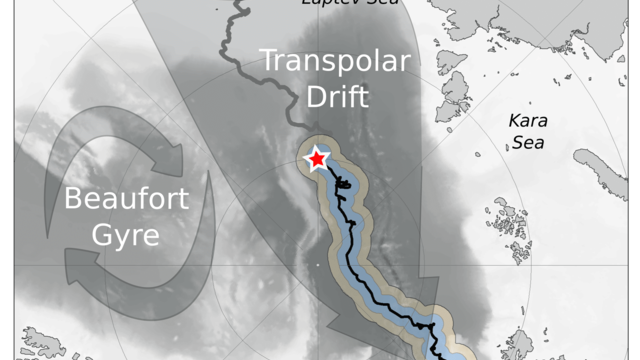
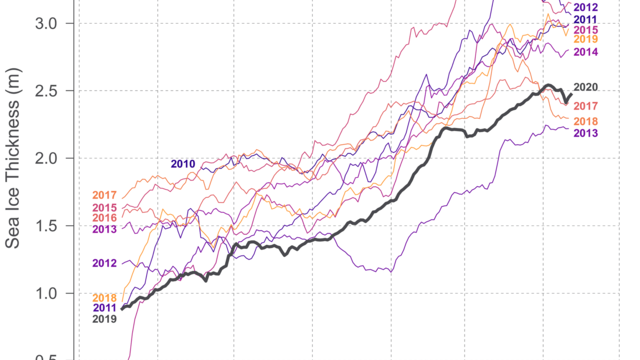
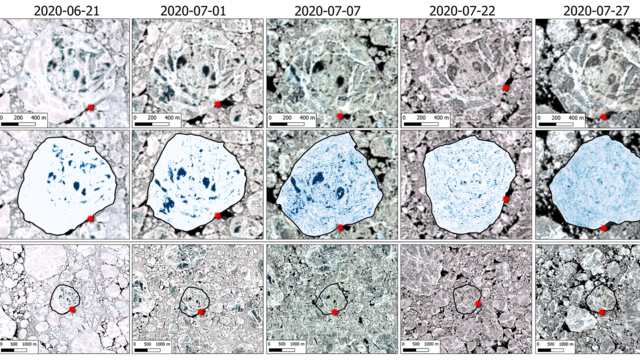
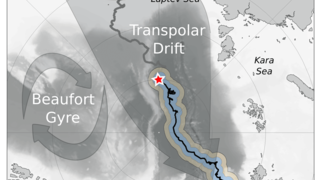
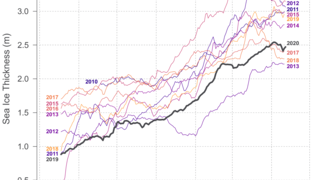
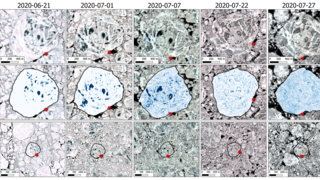

![[Translate to English:] drift of the MOSAiC floe.](/fileadmin/_processed_/f/6/csm_Fig1_Drift_MOSAiC_Scholle_drift_MOSAiC_floe_5d90f76081.png)